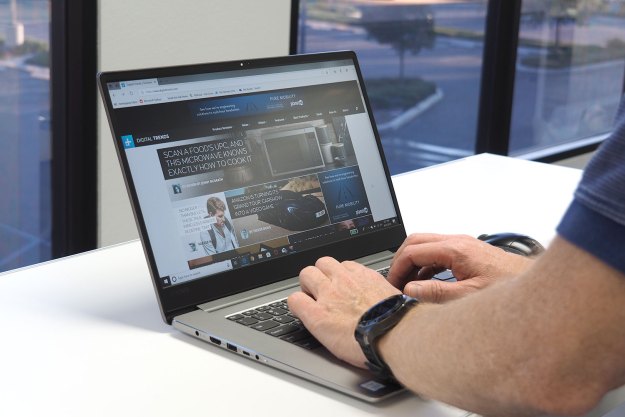
As a journalist, I sometimes get odd looks while taking notes with the ‘ol pen and paper, as other tech journalists sit next to me scribbling away on their tablets – some even typing notes on their iPhone. But the move from paper to digital is nothing new, and more and more companies are making it possible to fully transition from paper notebooks and textbooks to digital ones. Just think about how many textbooks are now available for the iPad via Apple’s iBooks. But Sony has another solution. After all, not everyone can afford a $500 tablet.
According to a Japanese press release, Sony is working on a 13.3-inch flexible E Ink e-reader device for use in university classrooms called Digital Paper. Weighing approximately 0.78 pounds, the device is just 7mm thick and has a touch capable screen. It also has a Wi-Fi connection, 4GB of internal memory, a microSD card slot, and a 1,200 x 1,600 pixel display.

Since Sony is gearing this towards schools and universities, we’re guessing these e-readers will cost a lot less than other tablets or e-readers on the market. According to PCWorld, Sony is keeping the device simple with the intent to replicate real paper.
“Through actions such as replacing paper texts and materials used in universities with ‘Digital Paper,’ we aim to make classes more efficient and increase the learning effectiveness,” Sony said in the press release.
Digital Paper is capable of handling PDF format, but also supports file creation. Users can highlight and take notes within documents, and potentially share notes with classmates via Wi-Fi. The device also comes with a stylus that attaches on the side. Oh, and the good news is this Digital Paper prototype touts three weeks of battery life, which could be extremely useful for students in developing countries who don’t have access to electricity at all times.
Between now and the time the device is set to launch in March 2014, Sony will test the devices at some of Japan’s largest universities. Obviously, Digital Paper is not going to replace the iPad or any other tablet – it doesn’t have a Retina display, it only has 16 shades of grey (no, that isn’t a Fifty Shades of Grey joke), and it’s merely meant for reading textbooks and taking notes.
For schools that can’t afford to buy the newest editions of every textbook each year, if executed properly, something like Sony’s Digital Paper could actually be worthwhile. We’re sure we’ll be hearing more about Digital Paper as it moves from prototype to product, so stay tuned.


